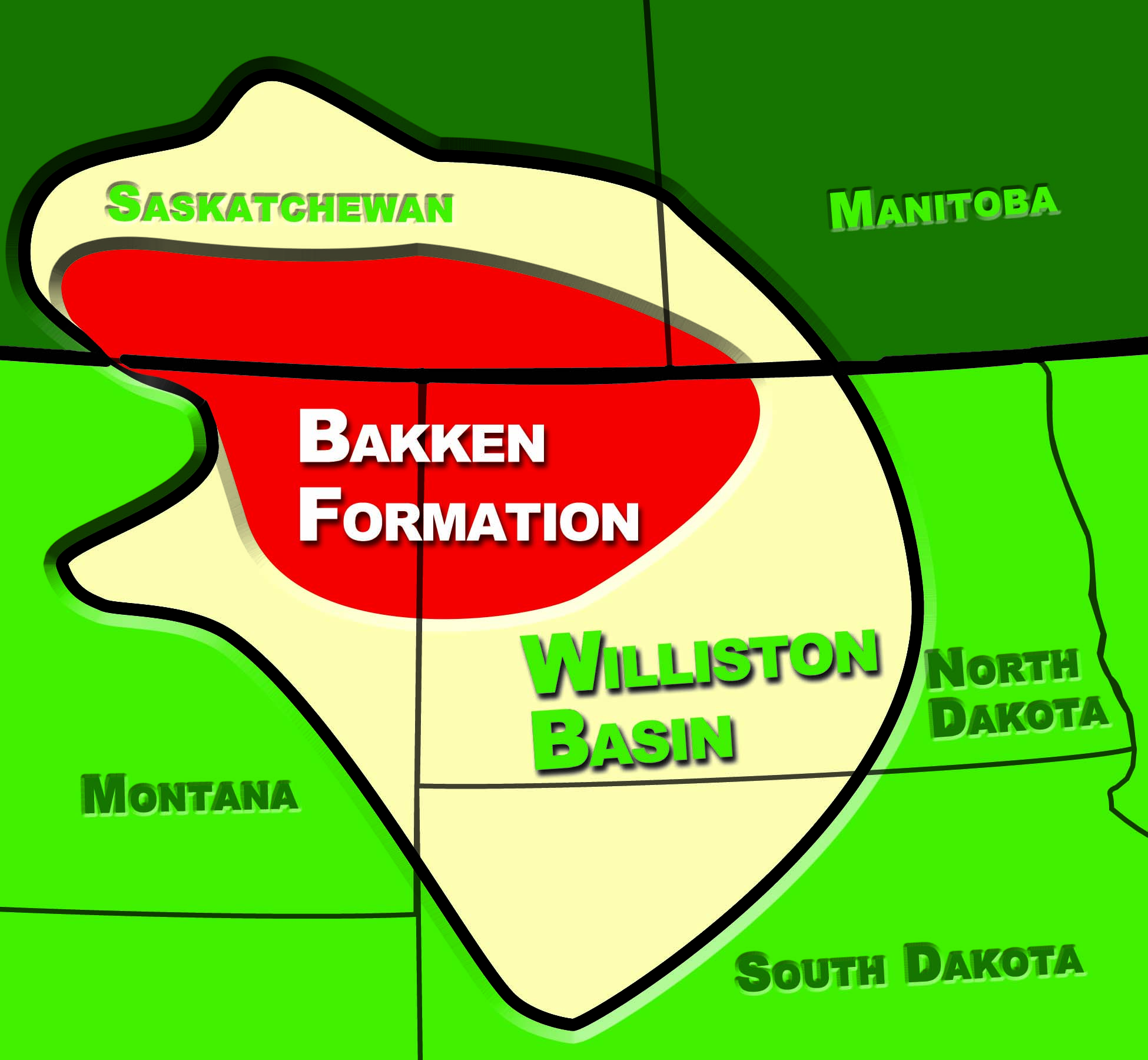
Figure 6. Bakken Formation. This map shows the Bakken Formation as part of the Williston Basin. (SHSND-ND Studies)

Figure 7. Bakken Pumpjack. An aerial view of a pumpjack in western North Dakota. (Marathon Oil)
The Bakken Formation is a layering of sedimentary rocks under the surface of the earth. It is located nearly 2 miles below the Williston Basin of western North Dakota. Billions of barrels of petroleum (oil) and natural gas are trapped in the Bakken Formation.
North Dakota’s first successful oil well was drilled in 1951. For the next 50 years, oil production took place in the Williston Basin. However, North Dakota was not a major oil producer in the United States at that time.
For many years, oil companies had known that the Bakken Formation contained an enormous amount of oil and natural gas. They were not able to get these fossil fuels out of the ground because they were trapped in rock almost 2 miles down.
By the year 2002, new technology had been developed that permitted oil companies to recover Bakken oil. A major oil boom, called the Bakken Boom, began in western North Dakota. An oil boom means a number of oil wells are drilled in the area over a short period of time, and an enormous quantity of oil is produced. This brings the region a great deal of money.
Bakken oil is recovered from the deep shale rock by horizontal drilling and hydraulic fracturing. Horizontal drilling occurs after drilling down vertically and then making a curve so that the drill runs horizontally. In the Bakken region, oil companies can drill down 2 miles and then angle the instrument horizontally for another 2 to 3 miles to reach the pockets of trapped oil. Then, they do hydraulic fracturing.

Figure 8. Frack Operator. A technician overseeing hydraulic fracturing operations. (Whiting Petroleum)
Hydraulic fracturing is the process of using pressurized water to fracture (break) cracks in deep underground rock so that trapped petroleum can be released. Hydraulic fracturing is also called fracking.
The Bakken has now become one of the most important sources of oil in the United States. North Dakota is the second-largest oil producer in the country. Texas is first. About 1 million barrels of oil come out of the Bakken every day.
Each oil well drilled today in the Bakken is expected to produce for more than 40 years. The Bakken is also an important source of natural gas.
The people of North Dakota benefit in many ways from oil and gas production in the Bakken. The state’s oil and gas industry provides jobs for thousands of people. Today, about 55,000 people work in the oil fields of western North Dakota. Oil companies pay millions of dollars to the state in taxes and wages (pay) to workers.
The Bakken Boom also brings challenges. The state’s population (number of people) is greater than at any time in history (more than 750,000 people). Increased traffic, housing shortages, and high prices are challenges. Preserving the land, water, and wildlife resources also concern North Dakotans.
In spite of the challenges, the Bakken Boom has opened up many opportunities for young people in North Dakota. The oil industry will continue to bring these opportunities into the future.


